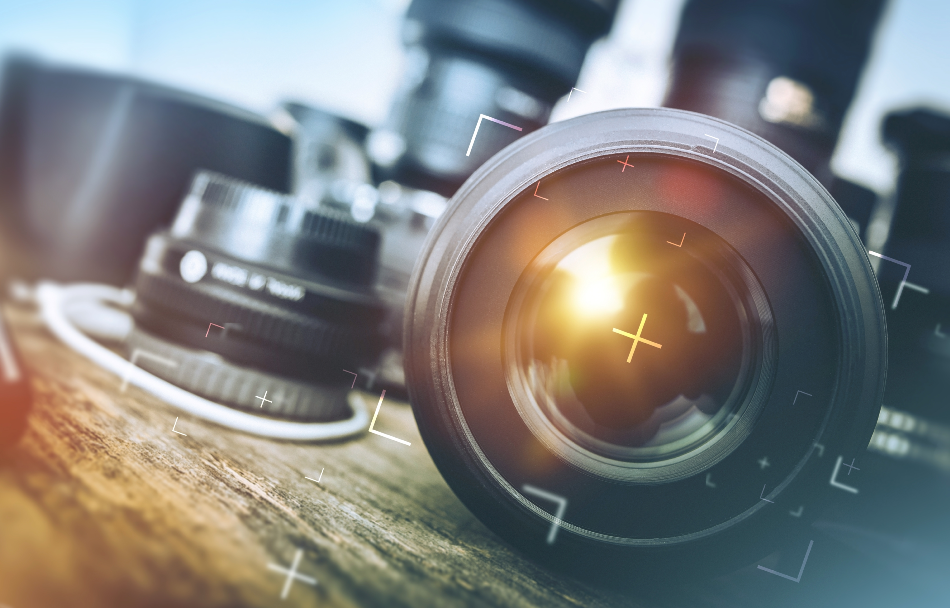Nov 7 2009

welcomia / Shutterstock
Gold is known to play a vital role in photography, providing the ultimate means of protecting and stabilizing the silver image—the universal commercial medium.
Sir John Herschel was the first to print photographs in pure gold instead of silver in 1842. However, his breakthrough “chrysotype” process quickly lost its importance due to its cost and vague chemistry.
In the 1980s, some advanced coordination chemistry of gold was employed to resolve the inherent challenges, allowing an economic, controllable, and high-quality gold-printing process. This process provides unique advantages for specialized archival and artistic photographic purposes. The color of the gold image is based on the dimensions of the nanoparticles, which are regulated by the parameters of the photochemical process.
Gold in Photography
Two books are available that describe the use of gold in this application:
- The Chrysotype Manual: The Science and Practice of Photographic Printing in Gold by Mike Ware, ISBN 9780955112904. This useful resource, meant for the advanced studio, offers the first published, detailed, easy-to-use instruction in the handcrafting of chrysotype images on fine paper.
- Gold in Photography: The History and Art of Chrysotype by Mike Ware, ISBN 9780955112911. The first published history of the application of nanoparticle gold in the arts, describing the discovery of photosensitive iron salts precipitating gold.
Mike Ware has also penned a paper on this topic in the Gold Bulletin journal.
Henry Gysling, a former Eastman Kodak researcher, has written a summary of the use of gold chemistry in advanced imaging technology.